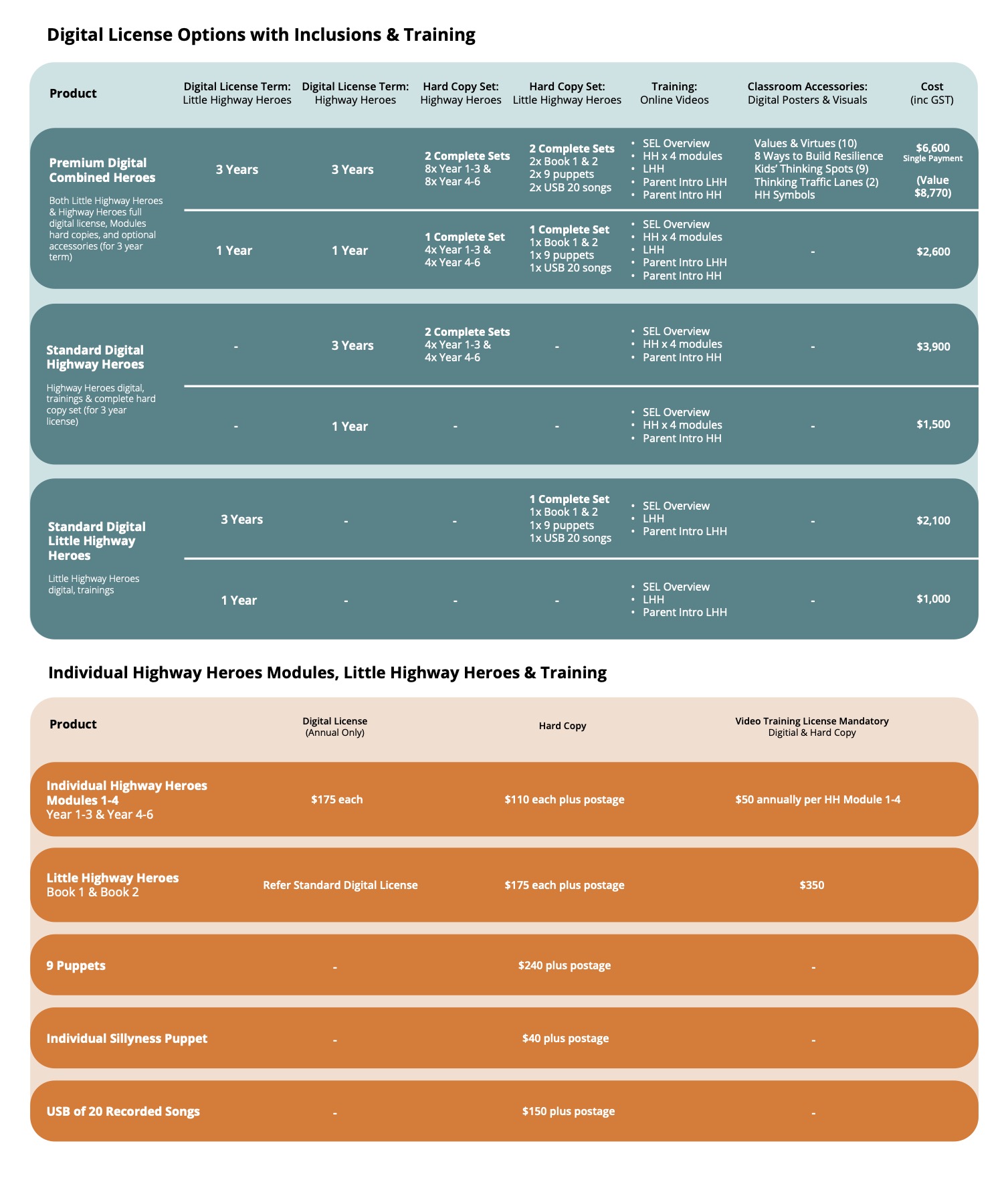Perhaps this is something you hear often; “I can’t do it!” or “I never get anything right!” or “I’m such a loser!” We’re really talking about disposition and mindset here aren’t we – the genetic and experientially-informed lens through which we see life? ‘The glass half empty,’ is often the term of reference applied to someone more inclined towards pessimism or tending to be focused on the difficulties and challenges with a prediction of failure rather than of success.
Nature vs nurture
Yes, it’s absolutely true that temperament has a lot to do with how we square up to life’s challenges, and it is equally true that most humans have a negativity bias when it comes to thinking. There’s a pretty good reason for that too. Being able to think critically, pin-point and predict pain points, identify outcomes of risks (with a tendency towards caution rather than recklessness) is what keeps us alive. Most humans don’t like being physically or emotionally hurt, so will turn things over in their minds to probe for possible flaws in plans, and to plan for all possible – and usually fantastically-catastrophically awful ones mostly – outcomes. However, that can become the default, automatic position if we’re not careful.
Whilst Mother Nature has a hand in how likely we are to have a sunny disposition or one that’s often cloudy, the experiences of our lives also impact the way in which we predict success or failure. The child often plagued by illness, the one who routinely struggles with learning tasks, the one who isn’t the social butterfly and has to work hard to work up a good friendship – these children are often more likely to default to a position of expected difficulty and failure – which can lead to patterns of avoidance, low tolerance, higher levels of frustration and lower expectations of success. – unless we intervene purposefully and powerfully.
Buffering the Negative Nelly
Some amongst us are more likely to channel their inner Negative Nelly, with almost reliable, und usually exhausting predictability. It’s family picnic day, everyone is ready to go, the car is packed and your own precious Stinking Thinker will asked who bothered to pack an umbrella, “because it always rains on these things.” You get in the car and there’s the next negative blast, “Bet the last one to use the car didn’t bother to fill it up. Always up to me.” Predictions of struggling to find parking and having to trek in from a mile away follow, and so the tone is set. Again. No surprises, but frustrating – and requiring someone to be the buffer – especially if there are children involved.
It can be exhausting and frustrating being the person between the one more prone to seeing life through a negative haze and the rest of the family. It can be even more exhausting being the parent of the serial predicter of doom and gloom who plays out a million school day disasters – and they’re not even in the car yet!
The Power of Thinking
There are lots of strategies that work, when applied consistently over time, to shift the feelings and behaviour of the child (and adult) prone to negativity and pessimism. By far the most powerful is to bring into focus, bring into everyday conversations and to consistently model, positive ways of thinking about life’s difficulties and challenges. We like to call this Supa Thinking.
Just to be very clear, this sort of thinking refers to our internal dialogue that helps us to cope with, adapt to, tolerate, have hope for, persist through – life’s torrent of ‘stuff’. It’s not always cheery and upbeat – sometimes it’s strict and no-nonsense too.
Here’s a way to think about your thinking. It’s like having traffic lanes up there in our brains with thoughts dashing and zooming about. Some thoughts we’ve thought so many times that they’ve formed a rut in our brains. It’s time to visit the mother-in-law and the “Uggghhh, already! Why me?” defeating and unhappy thinking zooms along the rut in the Stinking Thing traffic lane and we feel despondent, frustrated and annoyed long before we actually have to turn up. The bad news – this sort of thinking becomes habituated very, very quickly – especially if there’s a history of similar failures or difficulties with challenges. The very whiff of story writing time coming up soon can bring out a horde of Stinking Thinkers in the classroom, complaining about having to write another story that’s definitely going to be boring, stupid and take forever!
In our homes, the mere mention of homework, doing chores, playing with a sibling, going out to that swimming lesson can bring on all manner of sulks, moodiness and avoidance patterns.
The good news – with enough and repeated practise and exposure we can actually teach our children (and partners) to put on that indicator and get right out that Stinking Thinking traffic lane and into the Supa Thinking traffic lane instead.
Getting into the Supa Thinking traffic lane is helped by having some space to cope with disappointments and then having another go. Also, having a bit of lead up time to challenging situations with the promise of something lovely and rewarding on the other side to prime positivity. But talking about Supa Thinking is by far the most powerful way to ready a child for the tough stuff of life – like doing homework or getting chores done. (You might like to download our free resource HERE that has some Supa Thinking posters included.)
Even more powerful – when you’re using your own Supa Thinking – at home or in the classroom – is to share it with the child(ren) around you. Somehow, it’s a great relief to know that you’re the boss of your thinking and that with a bit of effort, a bit of space and a bit of help that you don’t have to be stuck in the mud of negativity. Our gorgeous Thinking Traffic Lanes posters for BIG KIDS and for LITTLE KIDS are a super resource that you can download and print for your home or classroom.
Give it a go and let us know how you go – Supa Thinkers unite!


